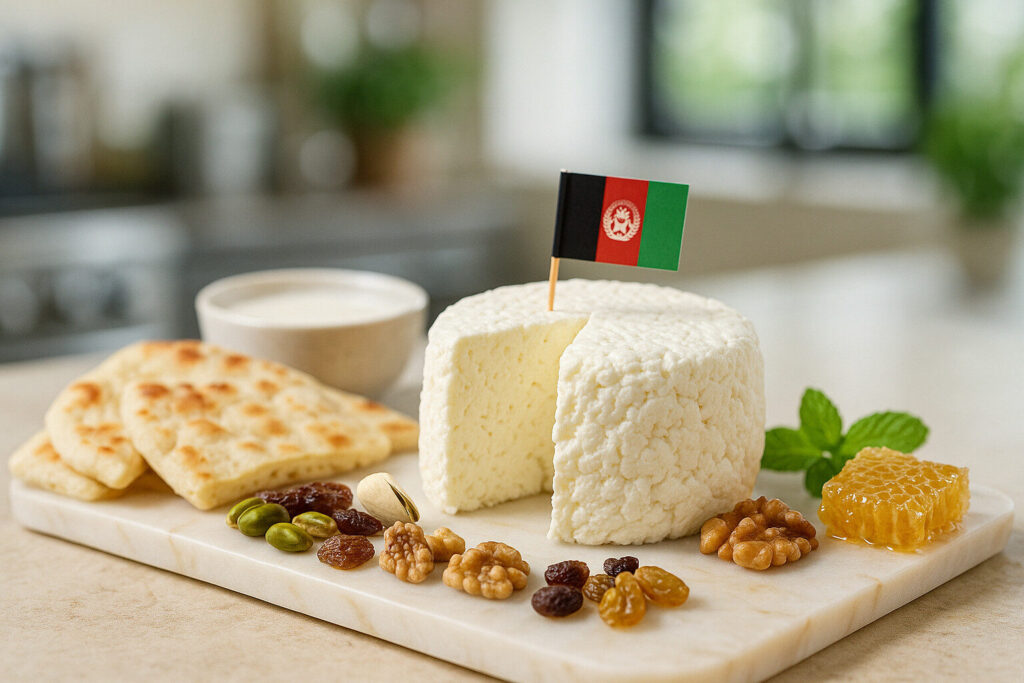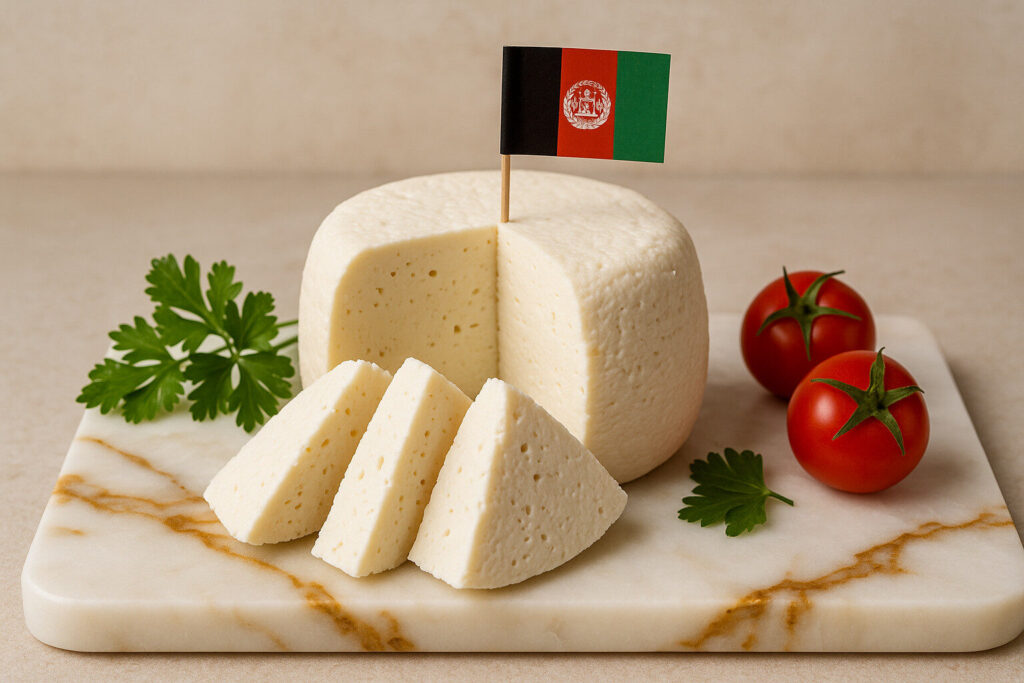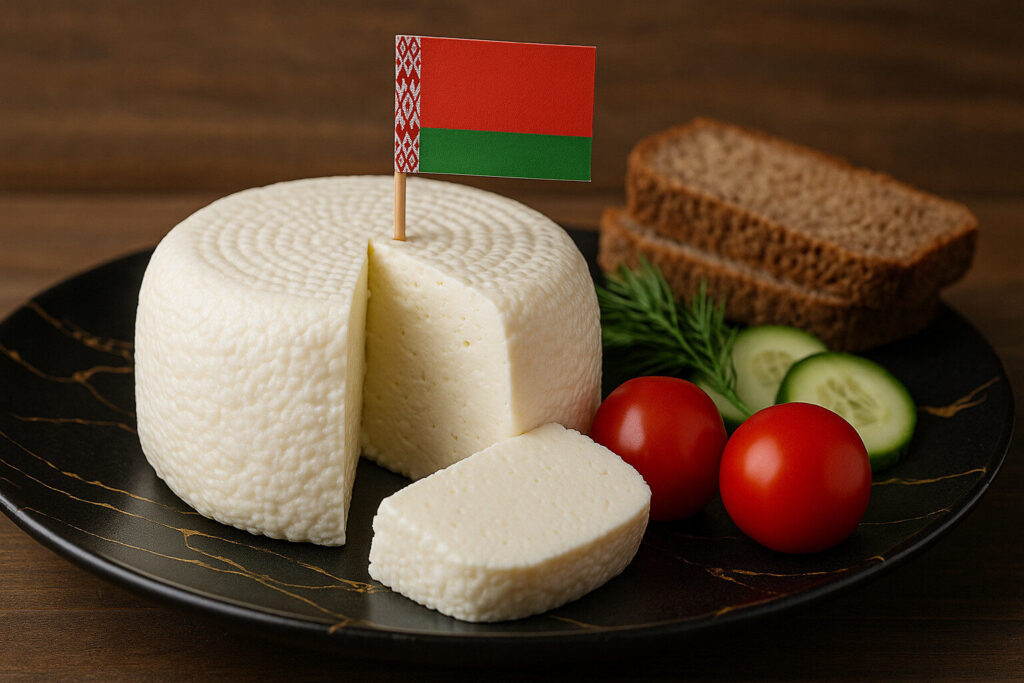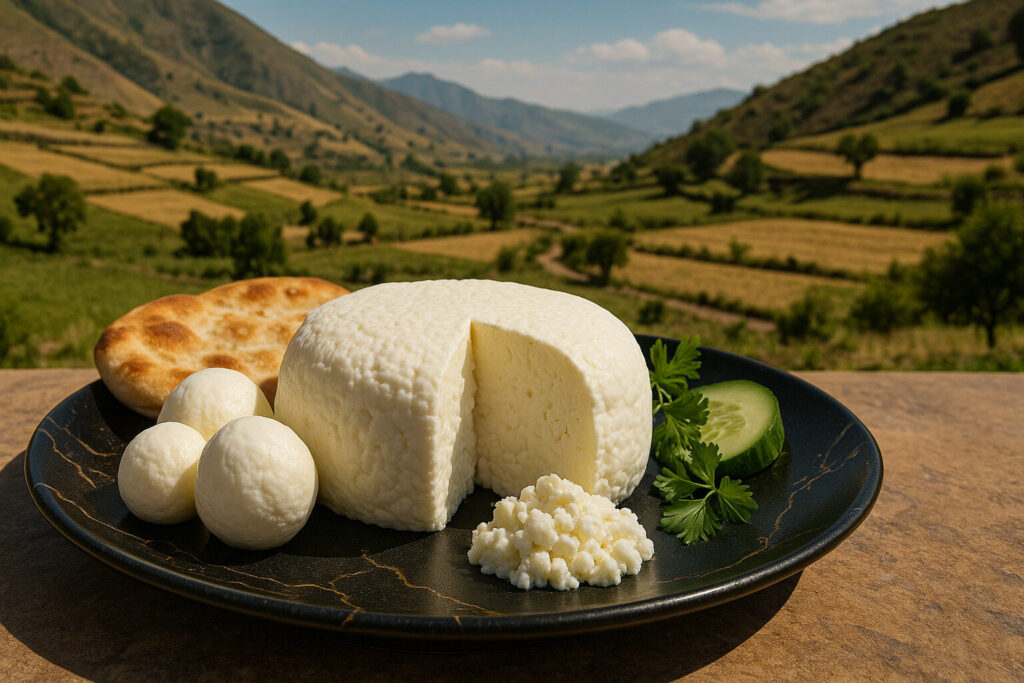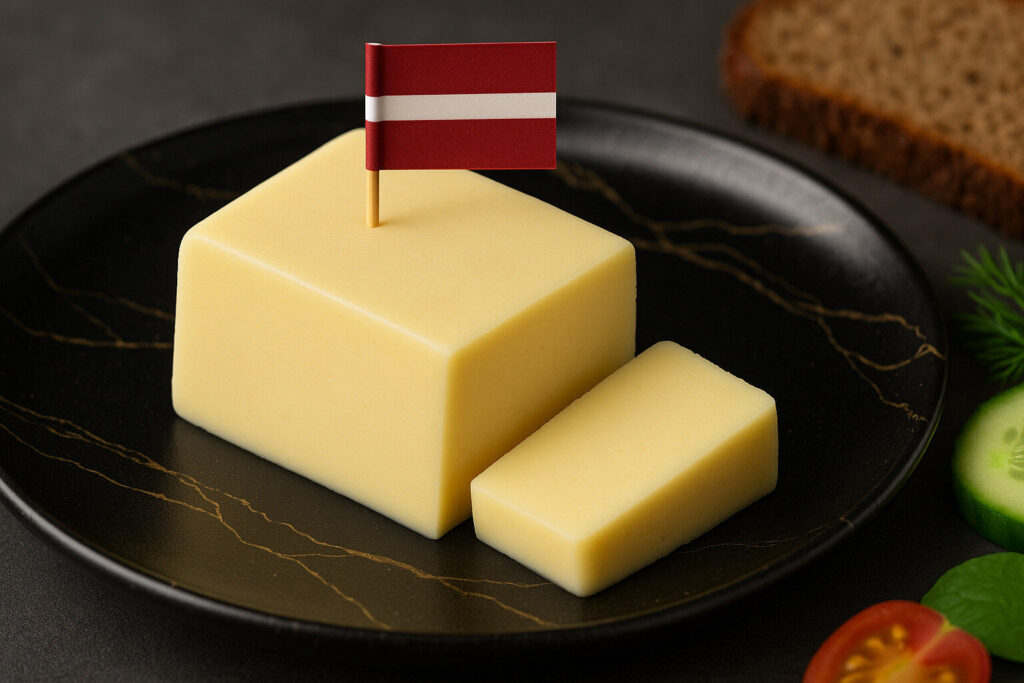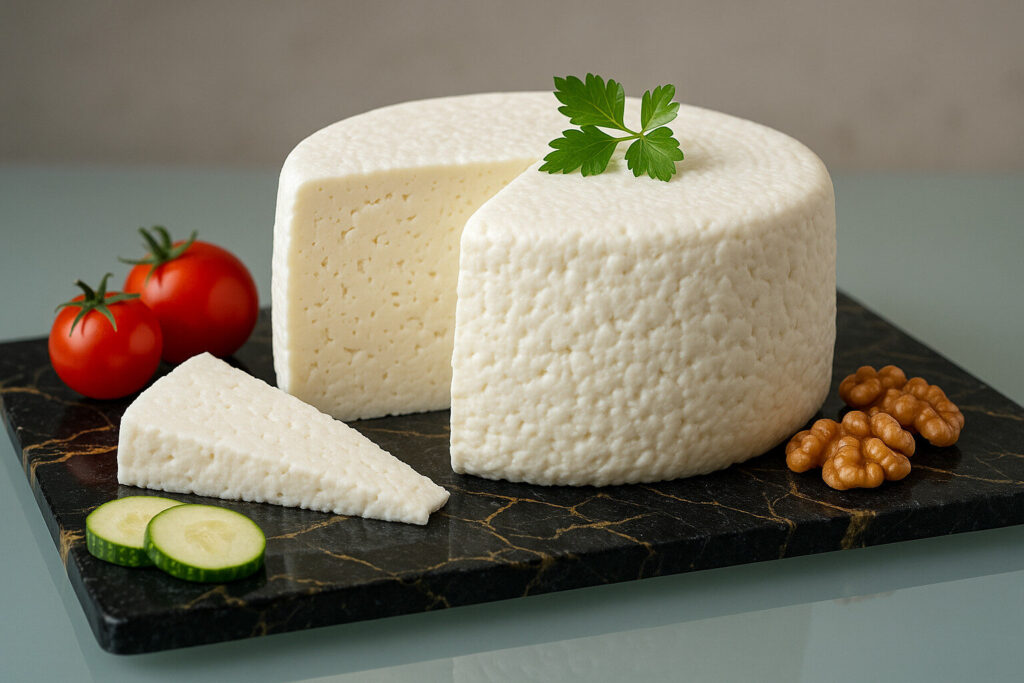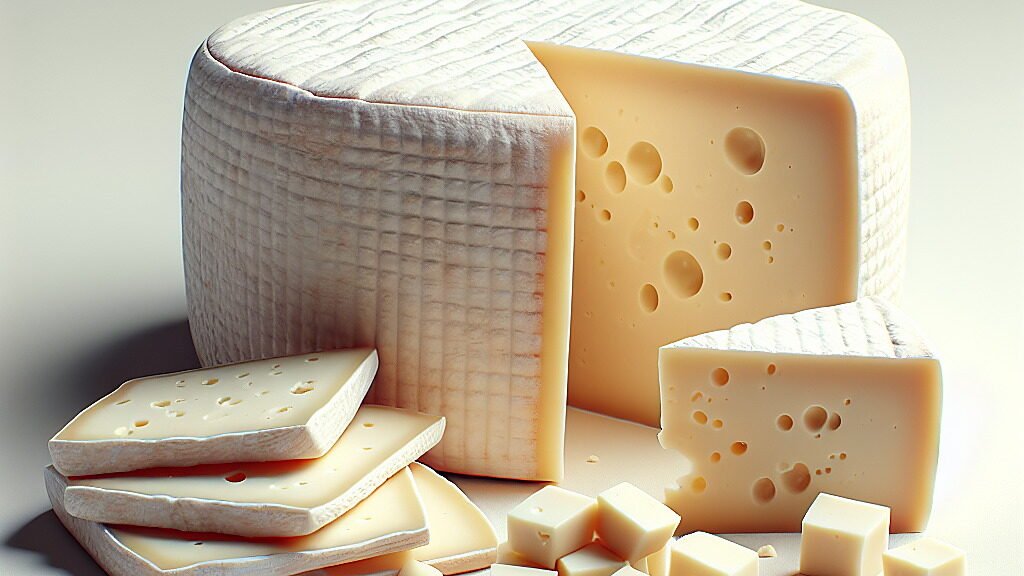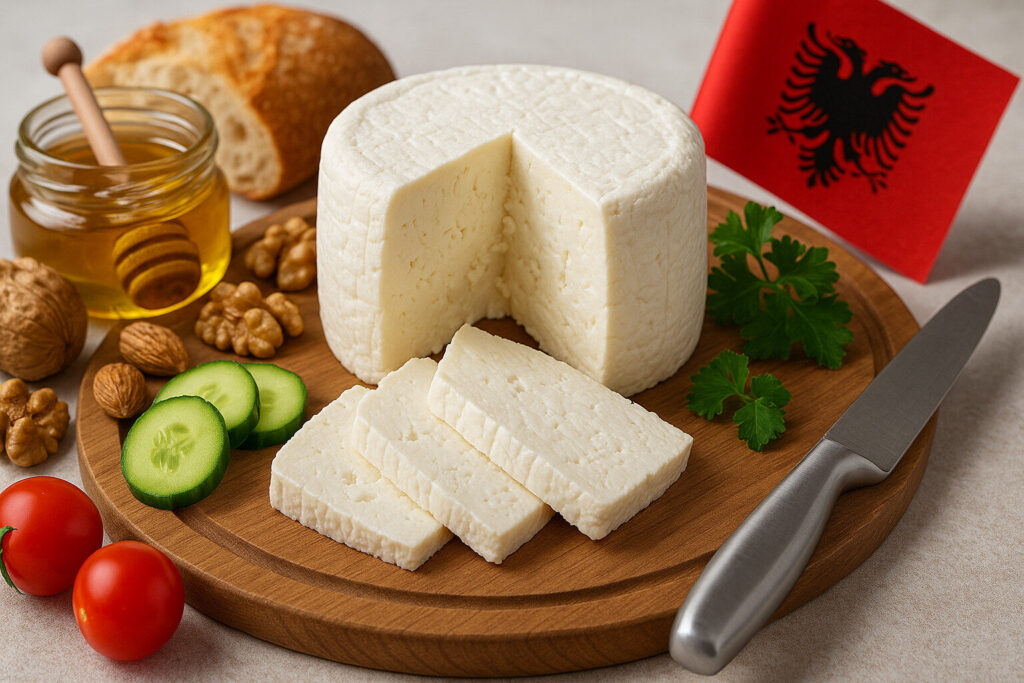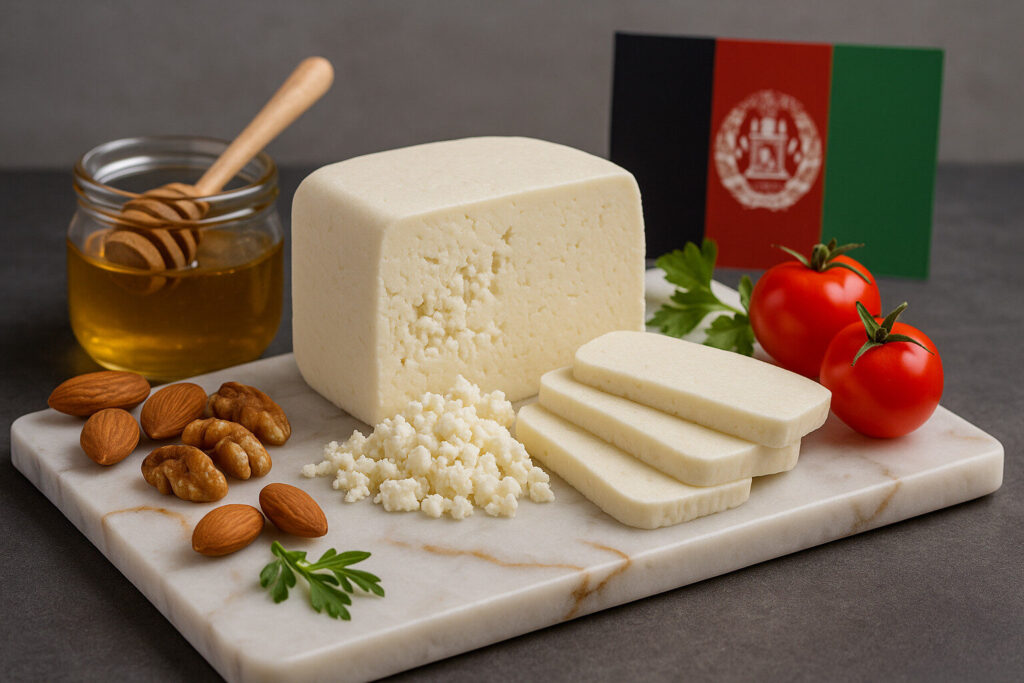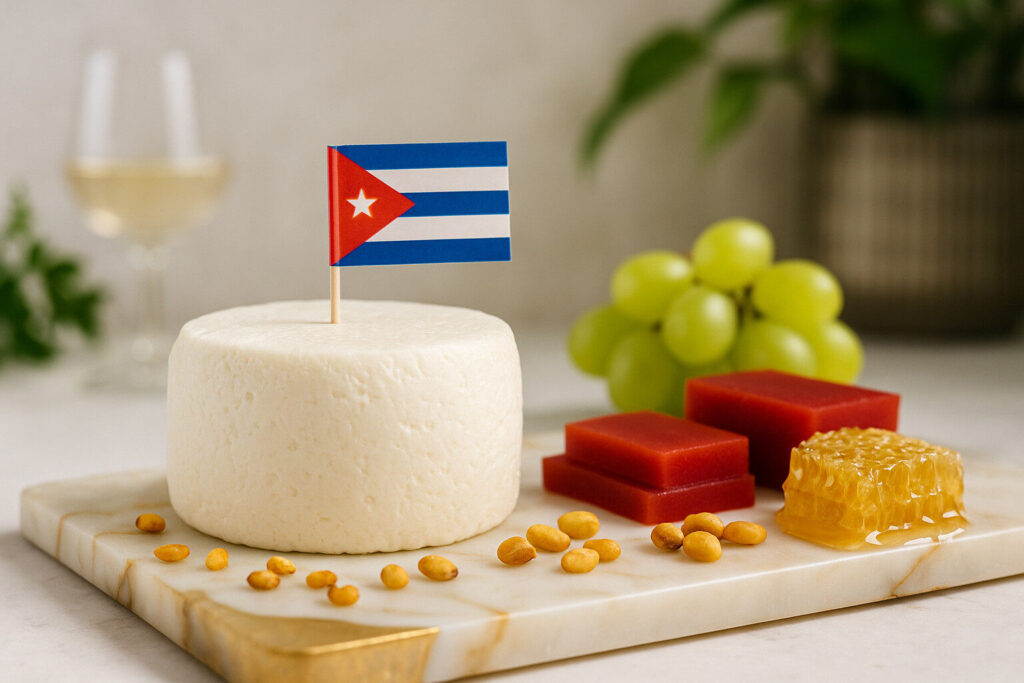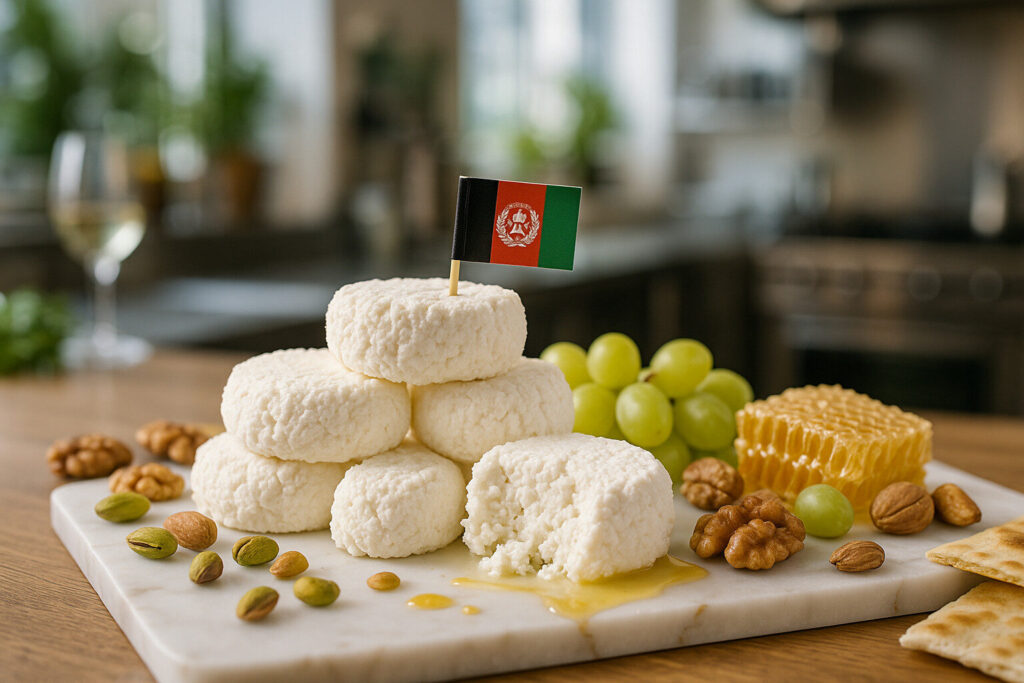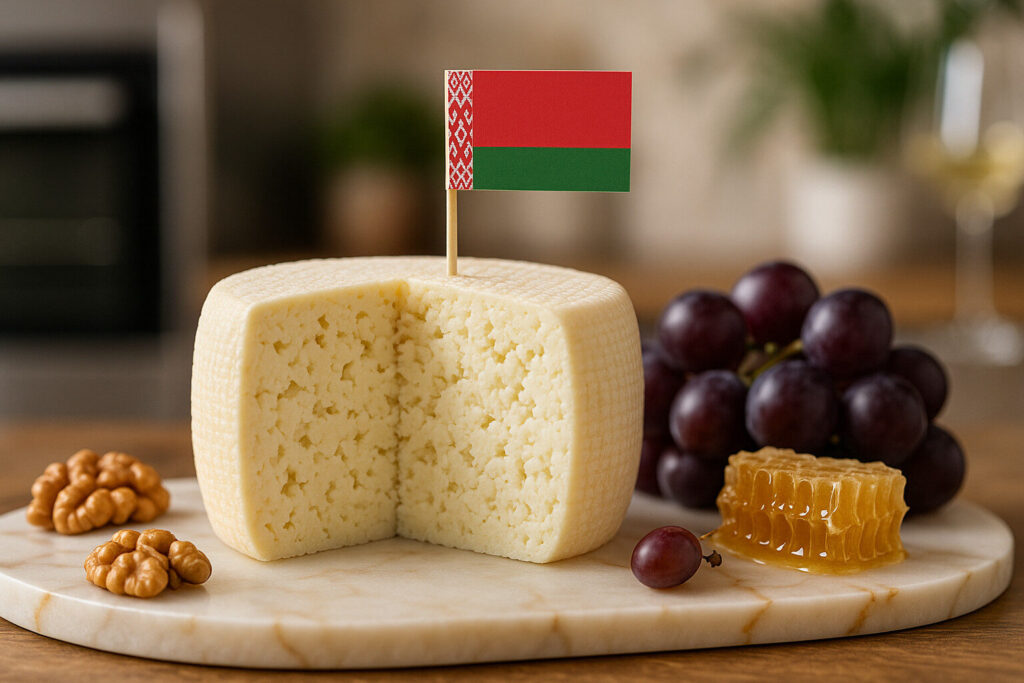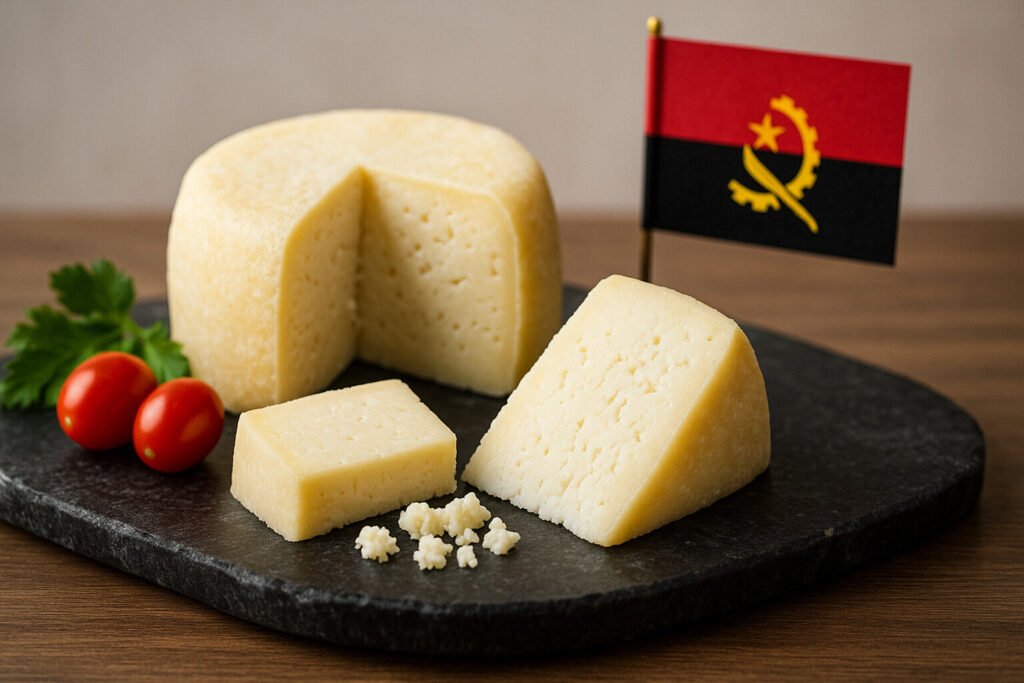Homemade Cheese
Definition and Scope
Homemade cheese refers to dairy products crafted in non-commercial settings using traditional or adapted techniques. This category encompasses fresh cheeses like ricotta and paneer alongside aged varieties such as farmhouse cheddar. The scope includes small-batch productions utilizing raw or pasteurized milk from local or personal sources.
These cheeses typically lack standardized packaging and regulatory certification common in commercial operations. Artisanal methods like hand-ladling curds and natural brining define their production character. Homemade varieties often reflect seasonal milk composition and the maker’s individual technique preferences.
Production Methods
Basic homemade cheese starts with acid or rennet coagulation of warmed milk. The curds are then cut, drained, and pressed according to the desired texture. Equipment ranges from simple kitchen utensils to specialized molds and aging containers.
Temperature control during fermentation proves critical for developing proper acidity and moisture content. Many home producers utilize DIY caves or temperature-controlled refrigerators for aging. Salt incorporation occurs through direct mixing, brining, or surface application during the maturation phase.
Sensory Profile
Homemade cheeses exhibit greater batch-to-batch variation than commercial equivalents due to manual processes. Texture ranges from moist and crumbly in fresh cheeses to firm and crystalline in aged varieties. These products often showcase pronounced terroir characteristics from local microflora.
Flavor profiles frequently highlight the base milk’s qualities with subtle fermentation notes. Visual characteristics include irregular rind development and non-uniform coloration. Aromatic complexity depends on aging conditions and specific culture strains used during production.
Culinary Applications
Fresh homemade cheeses serve immediate consumption in salads, spreads, and fillings due to their high moisture content. Aged varieties develop sufficient structure for grating over pasta dishes or incorporating into baked preparations. Their distinctive flavors enhance charcuterie boards and artisanal sandwiches.
Home cheesemakers often tailor products to complement specific recipes or dietary requirements. These cheeses pair effectively with homemade preserves and locally produced breads. Their unique characteristics make them preferred ingredients in regional traditional cuisines.
Regional Examples
French farmstead producers create tomme-style cheeses using raw milk from their own herds. Italian households maintain traditions like fresh mozzarella and ricotta for daily culinary use. Greek village cheesemaking preserves methods for feta and kefalotyri production.
American homesteaders have revived techniques for jack-style and cottage cheeses using backyard livestock milk. Eastern European households maintain recipes for brined cheeses like bryndza and sirene. These regional variations demonstrate adaptation to local climates and cultural preferences.

